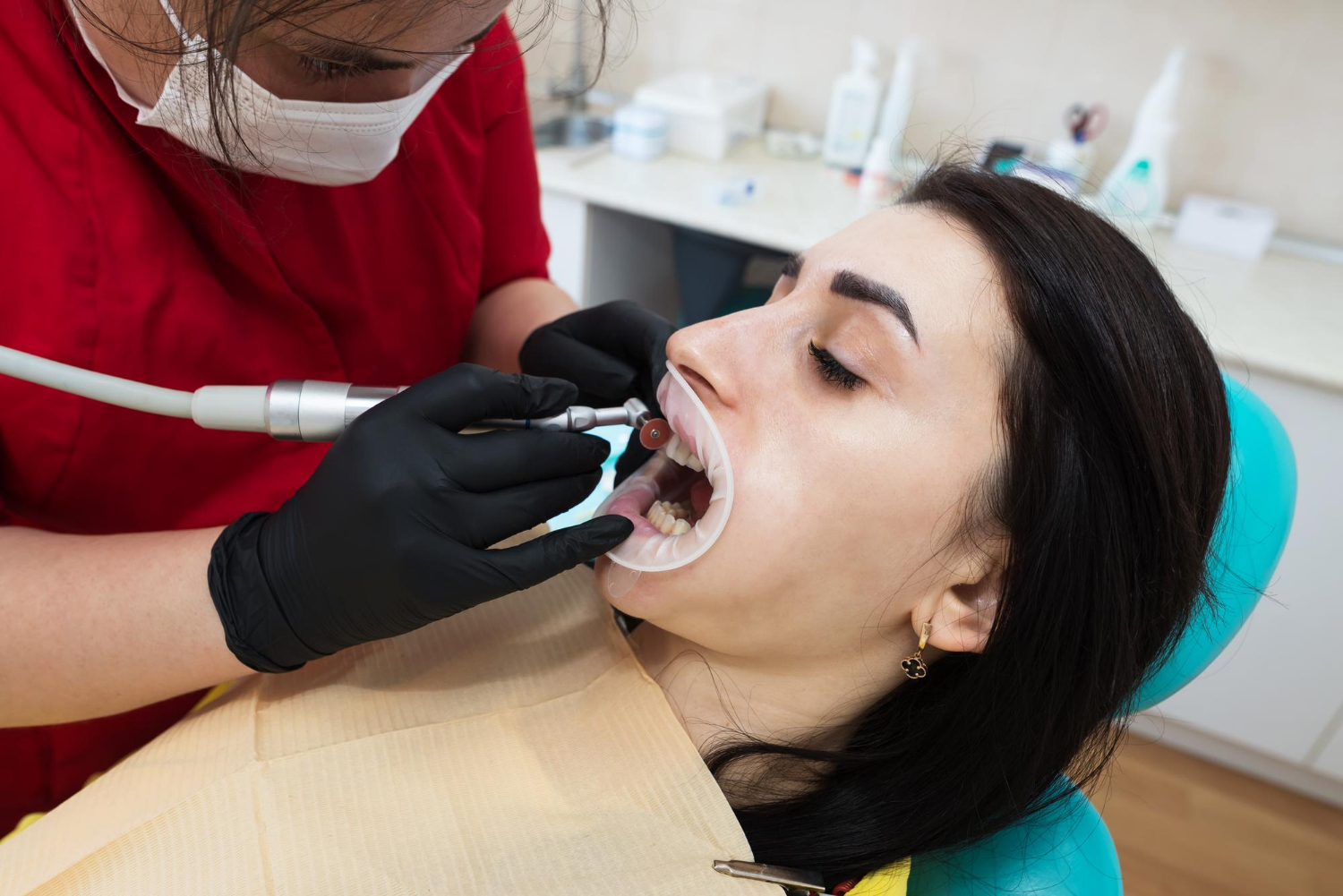More than just an expression of joy, a confident smile can significantly impact one’s self-esteem, social interactions, and overall quality of life. With cosmetic dentistry increasing in popularity, many patients search for affordable and minimally invasive treatments to enhance their smiles without straining their budgets — and cosmetic bonding emerges as an ideal option.
Cosmetic bonding, also known as dental bonding or composite bonding, is a procedure that involves applying tooth-coloured resin material to the tooth surface to improve the overall appearance. By bonding the composite resin to the tooth, our skilled dental professionals can create a custom solution that blends seamlessly with your natural teeth, ensuring a natural and harmonious smile improvement.
In this detailed guide, we will explore the various applications of cosmetic bonding, from repairing chips and cracks to concealing discolouration and closing gaps between teeth. We’ll also discuss the benefits of this cost-effective and minimally invasive treatment, helping you understand how cosmetic bonding can become a powerful ally in your quest for a more attractive and vibrant smile.
Applications of Cosmetic Bonding: Versatile Smile Solutions
Cosmetic bonding is a highly adaptable dental treatment that addresses various issues related to your smile’s appearance. Below are some common applications of cosmetic bonding, demonstrating its versatility and effectiveness:
1. Repairing Chipped or Cracked Teeth
One of the primary uses of cosmetic bonding is to repair chipped or cracked teeth, restoring their natural shape and appearance. By applying composite resin to the damaged tooth and sculpting it into the desired form, our skilled dentists can unquestionably re-establish the tooth’s aesthetics and function.
2. Concealing Discolouration
Cosmetic bonding is also an effective solution for concealing discoloured or stained teeth that don’t respond well to whitening treatments. By carefully matching the composite resin’s shade to your natural tooth colour, we can create a remarkably consistent and visually appealing result.
3. Closing Gaps Between Teeth
For some patients, gaps or uneven spacing between teeth can cause self-consciousness or discomfort. Cosmetic bonding offers a quick, cost-effective method to close these gaps and create a more evenly-spaced smile without resorting to braces or orthodontic treatment.
4. Reshaping Misshapen Teeth
If you have teeth that are unusually shaped or have uneven edges, cosmetic bonding can help. Our dentists can expertly sculpt the resin to correct these imperfections, crafting a more harmonious and balanced appearance.
Benefits of Cosmetic Bonding: Why It’s the Right Choice
Cosmetic bonding offers numerous benefits that make it an attractive option for many patients seeking smile enhancements. These advantages include:
1. Affordability
Compared to alternative cosmetic dental treatments, such as veneers or dental crowns, cosmetic bonding is an affordable option. By using composite resin material and minimal equipment, this procedure can deliver impressive results without significant financial burden.
2. Minimally Invasive
Cosmetic bonding requires minimal tooth preparation, preserving more of your natural tooth structure. This conservative approach makes the procedure more comfortable, eliminates the need for dental anaesthesia in most cases, and decreases the risk of sensitivity.
3. Quick Results
In many cases, cosmetic bonding can be completed in a single dental visit, providing almost instant results. Unlike more complex treatments like dental veneers or crowns that require laboratory work, bonding allows our dentists to directly sculpt and polish the restoration in-office, ensuring rapid and efficient smile improvements.
4. Easy Maintenance
Maintaining a smile improved by cosmetic bonding is as simple as practising good oral hygiene habits, such as brushing and flossing daily and scheduling regular dental check-ups. Although the composite resin material is not as durable as dental porcelain, with appropriate care, bonded restorations can last for several years before requiring replacement.
Limitations and Considerations of Cosmetic Bonding
While cosmetic bonding offers various benefits, it’s crucial to consider its limitations and understand if it’s the best choice for your dental needs. Below are some factors to take into account:
– Cosmetic bonding may not be suitable for severely damaged teeth or more extensive cosmetic enhancements, as dental veneers or crowns may better address these issues.
– Composite resin material is not as stain-resistant or durable as dental porcelain, meaning bonded restorations may need more frequent maintenance or replacement.
– Cosmetic bonding may not be ideal if you have a habit of grinding or clenching your teeth (bruxism), as this can compromise the bonded restoration’s structural integrity.
Be sure to dicuss with our dental professionals to determine if cosmetic bonding is the right dental treatment for your specific needs.
Conclusion
Cosmetic bonding has emerged as an affordable, efficient, and minimally invasive approach to achieving a dazzling, radiant smile. With a wide array of applications, from chipped or cracked teeth to discolouration and gaps, this versatile treatment can provide satisfactory, transformative results for many patients. By understanding the benefits and limitations of cosmetic bonding, you can confidently decide if it’s the right treatment for you.
If you’re ready to explore the possibilities of composite bonding in Timperley and how it can help you achieve a more attractive and healthy smile, schedule a consultation with us today. At The Croft Dental & Implant Practice, our team of experienced and compassionate dental experts will work closely with you to develop a personalised treatment plan tailored to your unique goals and preferences.






